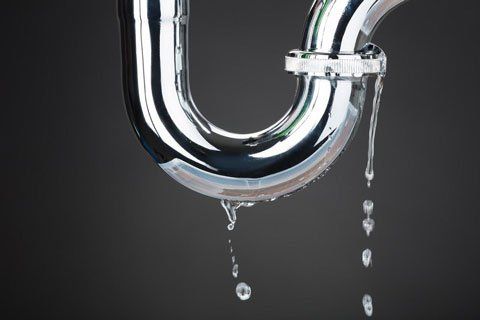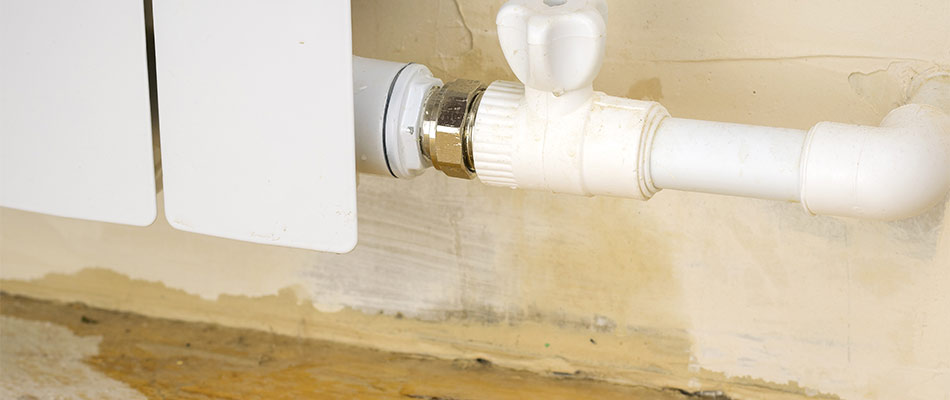How to Inspect If Your House Has a Concealed Leakage
How to Inspect If Your House Has a Concealed Leakage
Blog Article
This article following next on the subject of Finding hidden leaks is amazingly insightful. Don't miss out on it.

Early discovery of leaking water lines can mitigate a possible calamity. Some little water leaks may not be visible.
1. Examine the Water Meter
Every house has a water meter. Checking it is a surefire way that assists you discover leaks. For starters, turn off all the water resources. Make sure no person will certainly flush, make use of the tap, shower, run the washing device or dishwasher. From there, most likely to the meter and also watch if it will certainly alter. Considering that no one is utilizing it, there should be no movements. That suggests a fast-moving leak if it relocates. Likewise, if you discover no changes, wait a hr or more and also examine back once again. This suggests you might have a slow-moving leak that can also be underground.
2. Examine Water Usage
Examine your water bills and track your water intake. As the one paying it, you must see if there are any type of discrepancies. If you identify sudden changes, in spite of your consumption being the same, it implies that you have leaks in your plumbing system. Keep in mind, your water expense ought to drop under the very same variety every month. An unexpected spike in your expense suggests a fast-moving leakage.
A stable increase every month, even with the exact same routines, shows you have a sluggish leakage that's also slowly intensifying. Call a plumber to completely inspect your property, specifically if you really feel a cozy area on your floor with piping below.
3. Do a Food Coloring Test
30% comes from bathrooms when it comes to water usage. Test to see if they are running effectively. Drop specks of food color in the storage tank and wait 10 mins. There's a leakage between the container as well as dish if the shade somehow infiltrates your dish throughout that time without flushing.
4. Asses Outside Lines
Don't neglect to check your exterior water lines too. Examination spigots by affixing a yard hose pipe. Ought to water leak out of the link, you have a loosened rubber gasket. Change this as well as ensure all connections are tight. If you've obtained a lawn sprinkler, it will assist get it skillfully checked out and also maintained each year. One tiny leak can throw away lots of water and also spike your water bill.
5. Analyze the situation and also examine
Homeowners ought to make it a habit to examine under the sink counters and also even inside closets for any bad odor or mold and mildew development. These two red flags show a leakage so prompt attention is called for. Doing regular examinations, also bi-annually, can save you from a significant problem.
Inspect for stainings and damaging as a lot of pipelines and home appliances have a life expectations. If you believe leaking water lines in your plumbing system, don't wait for it to intensify.
Early discovery of leaking water lines can minimize a possible disaster. Some tiny water leaks may not be noticeable. Inspecting it is a guaranteed way that aids you discover leakages. One little leak can waste bunches of water and also increase your water bill.
If you think leaking water lines in your plumbing system, do not wait for it to escalate.
WARNING SIGNS OF WATER LEAKAGE BEHIND THE WALL
PERSISTENT MUSTY ODORS
As water slowly drips from a leaky pipe inside the wall, flooring and sheetrock stay damp and develop an odor similar to wet cardboard. It generates a musty smell that can help you find hidden leaks.
MOLD IN UNUSUAL AREAS
Mold usually grows in wet areas like kitchens, baths and laundry rooms. If you spot the stuff on walls or baseboards in other rooms of the house, it’s a good indicator of undetected water leaks.
STAINS THAT GROW
When mold thrives around a leaky pipe, it sometimes takes hold on the inside surface of the affected wall. A growing stain on otherwise clean sheetrock is often your sign of a hidden plumbing problem.
PEELING OR BUBBLING WALLPAPER / PAINT
This clue is easy to miss in rooms that don’t get much use. When you see wallpaper separating along seams or paint bubbling or flaking off the wall, blame sheetrock that stays wet because of an undetected leak.
BUCKLED CEILINGS AND STAINED FLOORS
If ceilings or floors in bathrooms, kitchens or laundry areas develop structural problems, don’t rule out constant damp inside the walls. Wet sheetrock can affect adjacent framing, flooring and ceilings.
https://www.servicemasterbyzaba.com/blog/how-to-detect-water-leakage-in-walls/

I found that entry about Top leak detection hacks while doing a lookup on the internet. Please take a moment to distribute this blog if you liked it. I praise you for your time. Come back soon.
Report this page